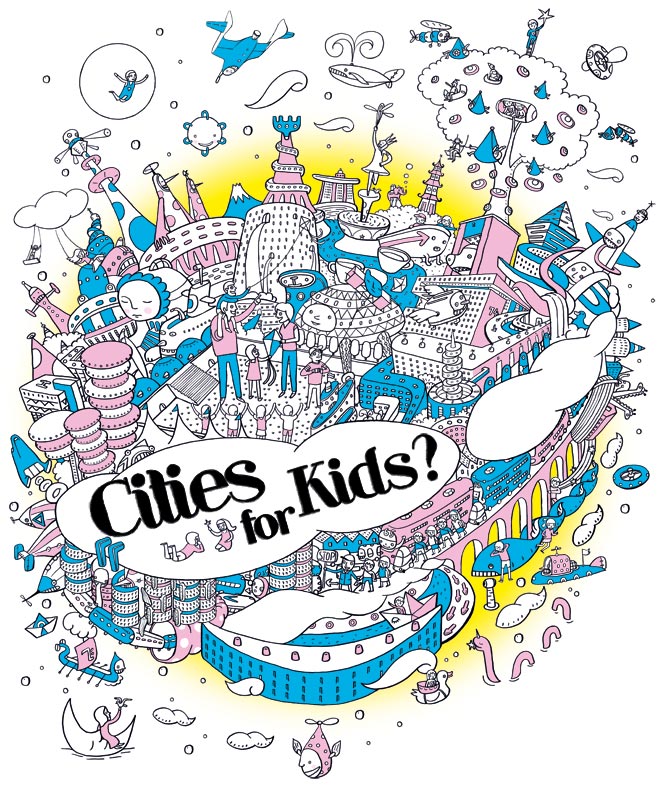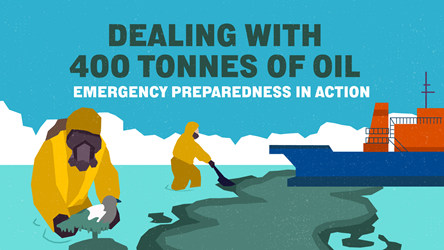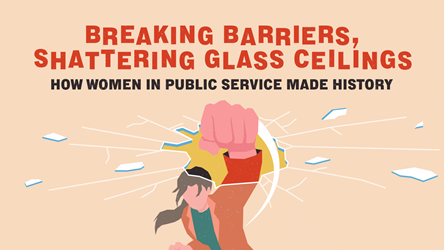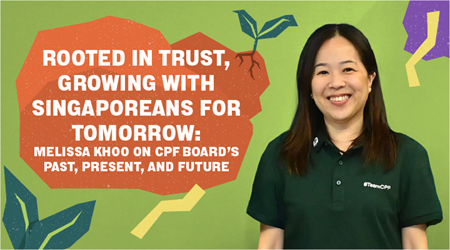Cities for Kids

How do children grow up to become caring and responsible adults, committed to the welfare of others, and capable of experiencing beauty, joy, good health, and success?
The built environment plays a role in shaping our children, facilitating or hindering every developmental task, encouraging or discouraging a healthy lifestyle.
Developing social skills requires a rich and diverse community, what we call a “village”. Here, a child can observe the diverse ways in which people interact with one another, dialogue.
Talking to people of all ages, from various cultures and from all walks of life, is important for intellectual development, enlarging a child’s vocabulary and understanding of the world.
Children gain a sense of who they are through their interactions with others. While parents, teachers and school friends are most important, an extended network of adults in the community nourishes a child’s sense of identity.
Physical Spaces For Socialising
The best place for community interaction is a central, multi-functional square where familiar community members gather for a variety of reasons, pass through on a regular basis, pause to chat, and enjoy socialising with one another.
If we neglect to offer young people human fellowship in real places, the opportunity to enjoy everyday community social life and to be engaged as full participants in celebration and festivity, then their models for conduct and their sources of fantasy will be drawn from their experience with the world of media, where they are increasingly exposed to images of destructiveness and the horrible.
Good social skills are essential for coping with adult life, handling differences of opinion, finding a life partner, raising children, or interviewing for a job. Poor social skills lead a child to solve problems through violence and bullying others, or to retreat from life out of shyness and lack of confidence. The Japanese phenomenon of hikikomori (shut-ins) and teen suicides are extreme results of the lack of opportunity to develop social skills.

Safe Places For Learning
Exercising independence is an essential aspect of a child’s growing sense of identity. At every age, children need to take steps on their own, safely, and unaided by parents. It is the parents’ responsibility to ensure that they achieve this independence in a safe context. It is the city planner’s responsibility to ensure that children can safely achieve independent mobility outside the home and in the city.
Young children need to play apart from the parent but within sight of home, and within calling distance. Active building facades make the streets safe. Shopkeepers along the way and regular shoppers, elders and those at outdoor cafes, people walking to work or overlooking public spaces become familiar adults, and act “in loco parentis”.
Twelve-year-olds should be able to safely get around the whole city on their own or with friends.
Independence promotes self-assurance and life skills.

There must be left-over corners children can make their own, whether a “secret cave” beneath a bush, a sculpture to climb on and make “home base”, or steps on the square where they can “hang out” to meet friends.
Children prevented from exercising independence cannot develop good spatial skills because they do not learn to pay attention to where they are, or how to find their way around, and their lack of practice makes them more accident-prone. They may become overly dependent on parents, or erupt in self-destructive acts.
Room For Imagination
Every creative scientist and artist has a in “playing” with concepts or materials, combining apparently incompatible objects, and looking at things from different perspectives. How is creativity nurtured, and can the environment play a role?
Helpful is a built environment in which a child discovers that objects can be safely used for a variety of different purposes – that steps, walls and planter ledges can also be used to jump off, balance on, or to provide seating to watch the drama of community life.
Multi-functional places stimulate creativity: a market place that transforms into a community festival, then into a place for play, for outdoor restaurants, or theatrical performances, prompts a child to imagine what else might happen there.
Diversity, complexity and detail offer unexpected discoveries in the built environment, stimulating exploration and creativity. Monotonous environments limit imagination.

Creativity is nurtured by free play with “loose objects”, particularly those found in nature, such as pebbles, leaves, twigs, sand and water.
“Wasting time” is also necessary for the creative process, allowing a child to process and creatively “play around” with her experiences.
Future Guardians Of The City
Of course we want our children to get a good job, to be technically skilled, and to contribute to the economy. Paradoxically, however, the more we channel their efforts into these narrow goals, the less likely they are to achieve them.
Success is fuelled by enthusiasm for life. The desire to learn more and become more proficient is nourished by an environment rich in rewarding experiences, beauty and living entities (including other human beings) that elicit affection.
As I have said elsewhere, “We must make cities that are worthy of a child’s affection, in which they can feel at home, and find ‘their special places’;

Making Living Spaces Come Alive
The modern city planner knows there is a link between how space is designed and the social consequences. To make our city liveable, we need to focus on the living – the people. Some experts at the recent World Cities Summit 2010 shared ideas on how.
Walk And Flirt
Professor Jan Gehl, an architect and retired professor of urban design in Copenhagen, suggests a transport plan that incorporates one hour of walking or cycling into every citizen’s daily lives. While walking between the public transport hub and your destination, you can “walk n watch” your fellow Singaporeans, see the sights, browse the shops; “walk n wink” by flirting with people; “walk n talk” with friends; and “stop n talk” with people you run into. This creates opportunities for people to interact so they feel like a part of their city.

Trees For Babies
Mayor Robert Harvey of Waitakere City, New Zealand has ideas to endear his city to its children. Like his “trees for babies” day, where parents can plant trees in parks and name them after their newborns. Or his “walking school bus” initiative that has children walking to school together with an adult leading them instead of getting onto a real bus. This also serves to “slow down the streets” and makes the city safe.
Car-Free City
Indeed, reclaiming the streets from automobiles seems to be the central theme in many cities today. In Melbourne, Australia, aLord Mayor Robert Doyle is considering banning motor vehicles from the major thoroughfare to return the streets to the people. “Great streets make great cities,” he said.
- POSTED ON
Sep 8, 2010
- TEXT BY
Dr Suzanne Lennard
- ILLUSTRATION BY
Mindflyer









